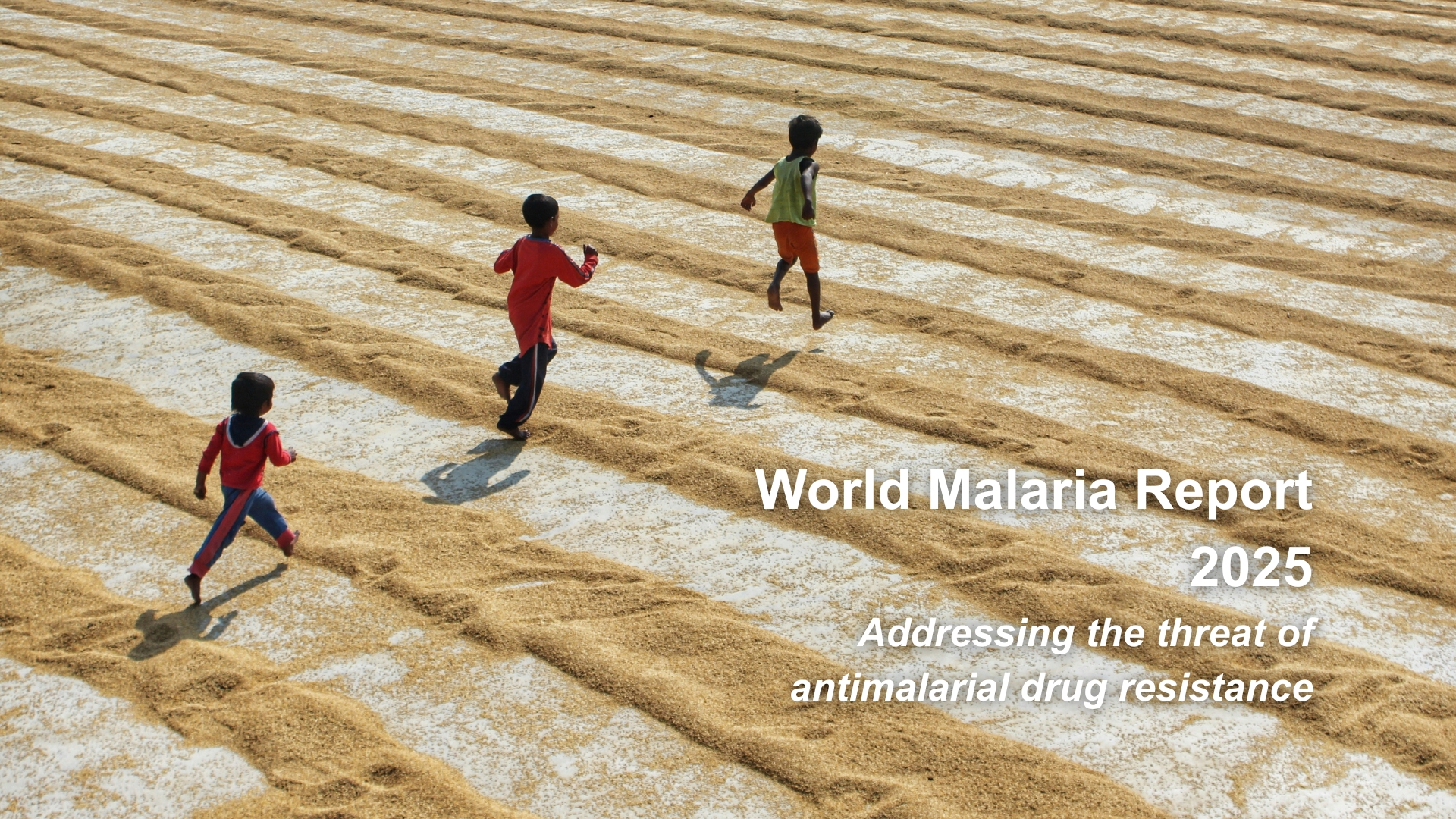
International Migrants Day (18th December) [1] has its roots in Asia [2]. This year, it falls on the heels of news from the World Health Organization (WHO) that malaria in the region has dropped by over 45% since 2000.
Migration and malaria: Two apparently unrelated regional priorities, are in fact tightly and critically coupled to one another.
In most countries of the region malaria has been controlled sufficiently to pin it back to the confines of rural, hard-to-reach areas and populations. But as a result of these high-risk malaria ‘hotspots’, huge populations remain at potential risk from the disease: latest WHO estimates indicate that almost two thirds of the Asia Pacific population lives in areas that remain susceptible to the disease.
Pushing the disease back into increasingly isolated areas means most remaining endemic areas are found in border communities, including among mobile and migrant populations. The communities at risk are often ethnic minorities in remote areas, including seasonal migrant workers who move frequently, often across borders. They typically have very limited or no access to health care services.
Inadequate health systems in many hard-to-reach areas share common weaknesses: a dearth of disease surveillance data; lack of health infrastructure and staffing; and insufficient supply of key commodities. Together these lead to critical gaps in access to malaria prevention, diagnosis and care for the most vulnerable populations. This can also be made worse by the simple geographic difficulty in reaching some populations.
ฺBorder check-point, Thai-Myanmar
Given its cross-border nature, tackling the shrinking malaria epidemic in Asia Pacific depends on the ability of countries to work together to effectively monitor, reach and protect these populations. Strong regional coordination is therefore a key enabler of progress towards greater control of the disease and, ultimately, its elimination.
Having halved deaths from malaria in the past 15 years, Asia Pacific is also facing a new ‘silent’ malaria emergency that could have a disastrous impact on regional and global health security: In its 2015 World Malaria Report released last week [3], WHO cautions that malaria resistance to artemisinin—the core compound of the best available antimalarial medicines—is emerging in communities along the borders of five countries of the Greater Mekong sub-region (GMS): Cambodia, Lao People’s Democratic Republic, Myanmar, Thailand and Viet Nam. The potential failure of the most effective antimalarial drugs threatens years of hard-won gains against the disease.
The region has historically been a global epicentre of emerging infectious diseases and drug resistance. This is due to various factors including climate, proximity of humans to animals, rapid economic development and the extensive movement of migrant workers, traders and tourists.
As the region continues to evolve rapidly, our countries are becoming even more interconnected due to trade and investment, further accelerating risks. For example, the enactment of the ASEAN Free Trade Agreement will lead to a more integrated ASEAN Economic Community, an enhanced ASEAN Highway Network, and projections of vastly increased movement of migrant and mobile workers through the already porous borders.
Consensus on the best way to tackle the drug resistance problem is unanimous: eliminate the disease altogether. Asia Pacific Leaders are showing determined commitment to do just that. Last month, the East Asia Summit (EAS) in Kuala Lumpur prioritized malaria for discussion alongside the political heavyweights of regional security and stability, territorial disputes and economic partnership. The EAS Leaders endorsed a remarkable ‘Roadmap’ to rid the region of malaria completely in the next 15 years.
In order to implement the plan over the next 15 years, the human rights and freedoms of migrants must be fully recognized, and actions that ensure access to health services for people on the move must be put in place. In doing so, we can save more than a million lives, and generate more than US$ 300 billion in cost savings.
[1] International Migrants Day is observed each year on 18 December to recognize the human rights and fundamental political freedoms of migrants. It is an opportunity to share migrants’ experiences and highlight actions that help ensure the protection of people on the move. More information here: http://www.un.org/en/events/migrantsday/
[2] The International Convention on the Protection of the Rights of All Migrant Workers and Members of Their Families was adopted on this day in 1990. After Asian migrant organizations began celebrating and promoting the day in the mid-1990s, the UN formally proclaimed it International Migrants Day in 2000.
[3] World Malaria Report 2015. Geneva; World health Organization: 2015 (http://bit.ly/1Oxuwr0).
News coverage
People and malaria on the move, Mizzima, 18 December 2015
People and malaria on the move, Asia Today, 18 December 2015
.svg)


.jpg)



.jpg)

